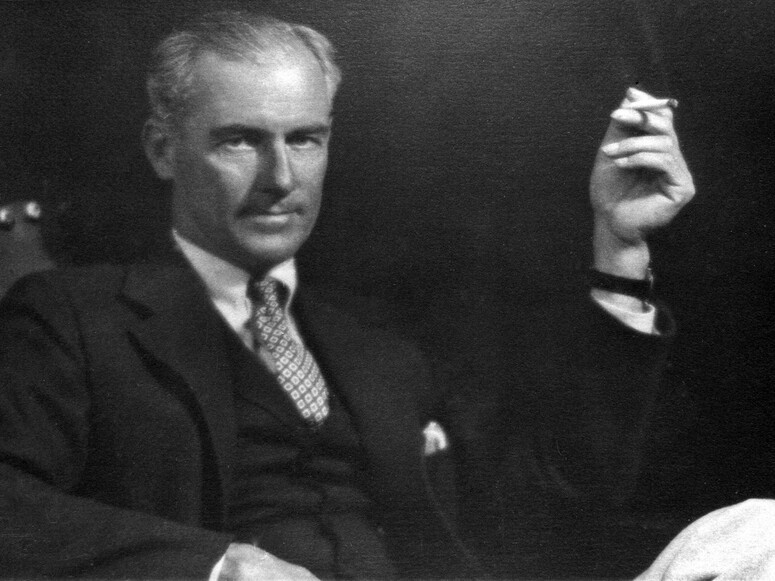Max Behr
One of the legendary course designers of the 1920s
The 1920s served as a golden age in many aspects of Western society, and for Southern California, golf was front and center. The golf boom did not just see an increase in quality players, such as Bobby Jones; course architecture and construction in the Southland took off and never looked back. Among some of the most renowned architects of this time include Billy Bell and his son, Billy Bell Jr., George C. Thomas Jr., Alister MacKenzie and Max Behr.
Behr was born in New York City in 1884 with golf in his blood: his relatives were among the founders of St. Andrews Golf Club in Yonkers, New York. After playing golf at Yale and graduating in 1905, he pursued a brief playing career in which he saw mild success in the New Jersey Amateur in 1909 and again in 1910.
In 1914, Behr became the first editor of Golf Illustrated magazine. Then in 1918, he moved to California and dove into golf course design.
Known for an unorthodox design philosophy, Behr did not believe in rough on his courses. Instead, he preferred to incorporate natural features of the landscape and bunkers to defend each hole.
That philosophy first appeared in his 1922 SoCal designs: Hacienda Golf Club and Montebello Golf Club. He perfected this philosophy in his two most recognizable layouts in 1924: Lakeside Golf Club and Oakmont Country Club. His final project was Rancho Santa Fe Golf Club in 1927.
Behr’s design philosophy became so popular that he was asked to remodel Victoria Club in 1923, Brentwood Country Club in 1925 and assisted at The Olympic Club’s Lake Course in 1926. If not for the onset of the Great Depression at the end of the decade and the World War II, he would have likely been involved in many more course designs.
Behr unquestionably left his mark on the Southern California landscape, becoming one of the legendary course designers of his time.
